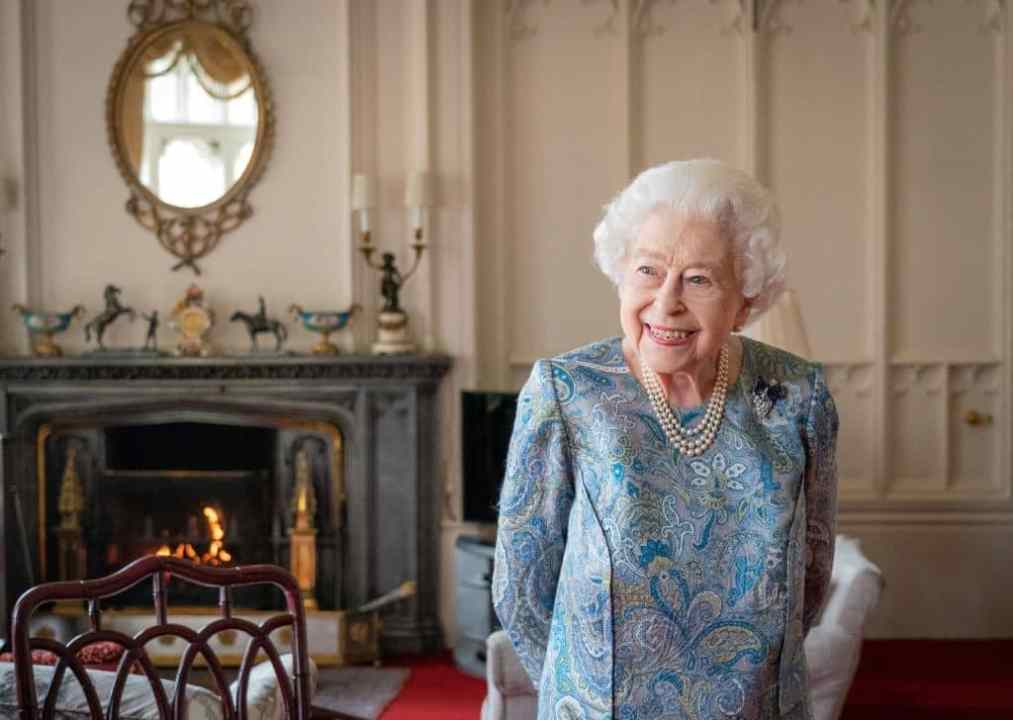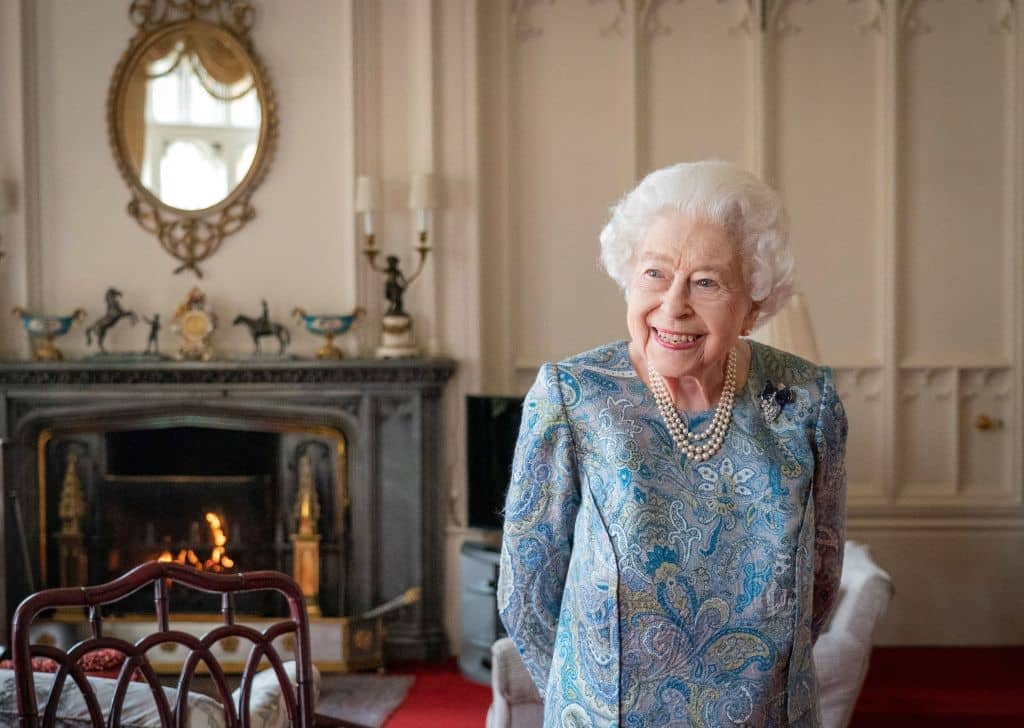Queen Elizabeth II, who has died at the age of 96, was the longest-serving British monarch. From the uncertain beginnings of her reign, acceding to the throne at the age of 25 after the unexpectedly early death of her father George VI in 1952, to final years troubled by public outrage displayed towards her son Andrew and grandson Harry, she came extraordinarily far, both as a monarch and as a human being. Her Majesty single-handedly transformed an increasingly moribund institution in the process.
It is a testament to the Queen’s success in her role that republicanism has not had any serious discussion in British intellectual or social life in the past seven decades. Even after the moment of greatest reputational danger for the Queen personally – the aftermath of the death of Princess Diana in 1997, and the unchecked criticism of the Palace’s high-handed and emotionally tone-deaf attitude towards the national mourning that followed – there was no public upsurge in a demand for the monarchy to be replaced by a presidential system. If anything, the hurt and outrage so expertly exploited by the media (‘Speak To Us, Ma’am’ and the like) was a reflection more of the Queen’s quasi-matriarchal role within her nation, rather than any genuine ill-feeling towards her.
Elizabeth II will be much missed
How, then, did she manage to keep her reputation so consistent, and so high? Her much-quoted mantra of ‘Never complain, never explain’ famously extended to her never giving press interviews and never allowing her personal views on any topic to be discerned, save in the blandest and most general fashions imaginable. Her annual Christmas address to the nation occasionally threw up surprisingly intimate nuggets – not least her description of 1992, a year in which her family endured various matrimonial and media humiliations and Windsor Castle suffered fire, as an ‘annus horribilis’ – but generally speaking, she deliberately displayed a sphinx-like degree of stoic tolerance to the world. All the while she uncomplainingly undertook a work rate until well into her nineties that would have crushed a lesser figure.
There will be a great deal of sentimental pieces published about her kindness and wicked sense of humour. In truth, these characteristics and qualities, pale into insignificance when compared to the greatest achievement of her reign: the steady maintenance of the Royal Family through continual controversy, scandal and suggestions of increasing obsolescence, without any cessation in her personal popularity. A refusal to make herself, and the institution that she represented, more obviously accessible – and therefore pandering to a nation’s, or at least the media’s whims – saw her not only become the most consequential monarch since Victoria, but a symbolic figure for both the second half of the twentieth century and a decent amount of the twenty-first.
It seems hard to fathom the Queen’s personal relationship to history, but it is worth dwelling on a few reminders. When she acceded the throne, Churchill – the most appropriate counsellor and guide – served as her first prime minister. Liz Truss, whom she received at Balmoral only this week, has been her last. She survived assassination attempts, watched the Soviet Union half-embrace democracy and then reject it once again, and met presidents from Truman to Biden. She feared Scottish independence, despised Arthur Scargill and enjoyed the novels of Dick Francis and Jilly Cooper. She never explicitly interfered in constitutional or political matters – unlike her uncle Edward VIII, who sought to tear up protocol to have his mistress Wallis Simpson crowned Queen – but her influence over her prime ministers and governments, especially from a moral perspective, remained consistent, if not always heeded. Australia still has a monarch perhaps wholly because of her personal popularity.
Many, if not all, of her subjects will spend the days and weeks after her death in a state of grief, even those who have displayed a performatively cynical attitude towards ‘Brenda’, as Private Eye has christened her. There will not be a longer-serving monarch in any of our lifetimes, barring an unexpected domino-like series of catastrophes, and it is unlikely that Charles, William, George or any of the rest will come close to the public popularity that she has enjoyed. Her greatest achievement has been to restore the symbolic standing of the monarchy to a level of universal, worldwide recognition that many would understandably have believed that the Second World War and her father’s more low-key attitude towards kingship would have rendered anachronistic.
Elizabeth II will be much missed. Few could claim that they knew her personally, but in her role as firstly mother and subsequently grandmother – and belatedly great-grandmother – to the nation, she has been imbued with an affection and trust by strangers over the course of her extraordinarily long and eventful life that few others could expect to receive. She redefined an institution, performed good deeds, quietly inspired millions, if not billions, and did all this without attracting any personal scandal or significant opprobrium: a staggering, even unprecedented achievement. We can only be reminded of Hamlet’s words on his father, suitably gender-flipped. She was a woman, take her for all in all. We shall not look upon her like again. And we, as a nation, will be the poorer for it.







Comments